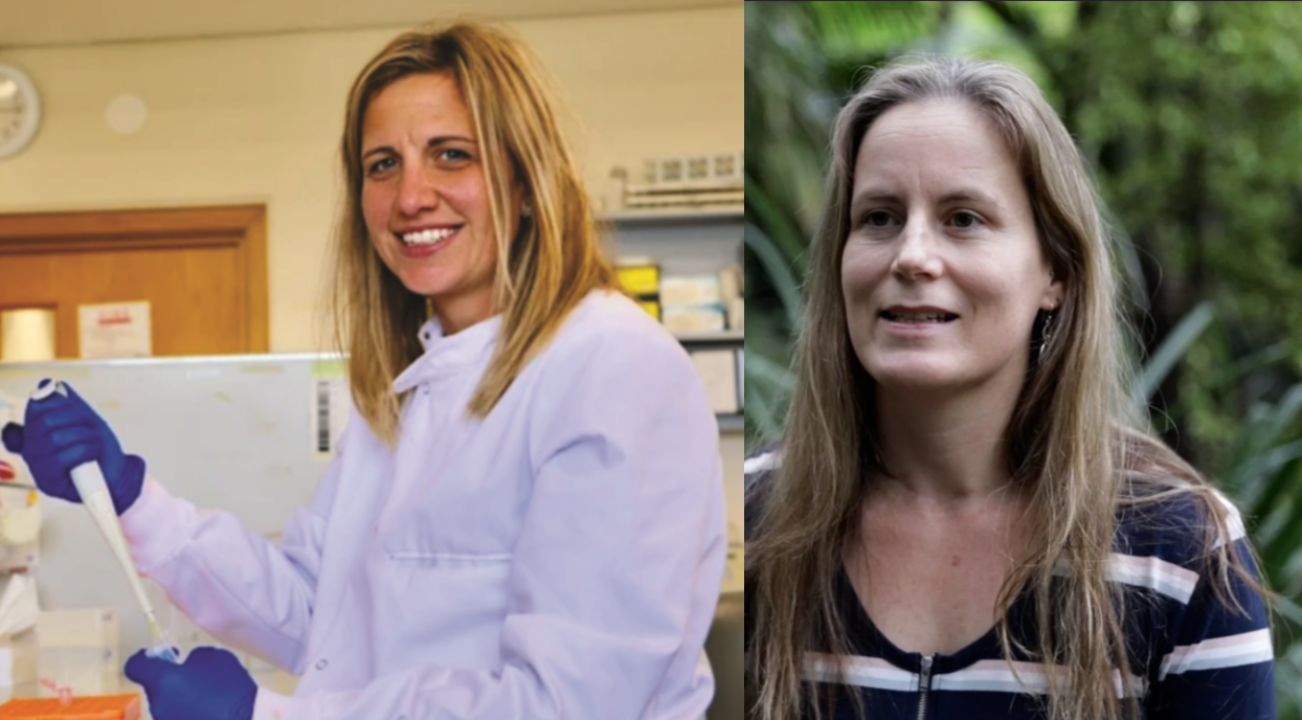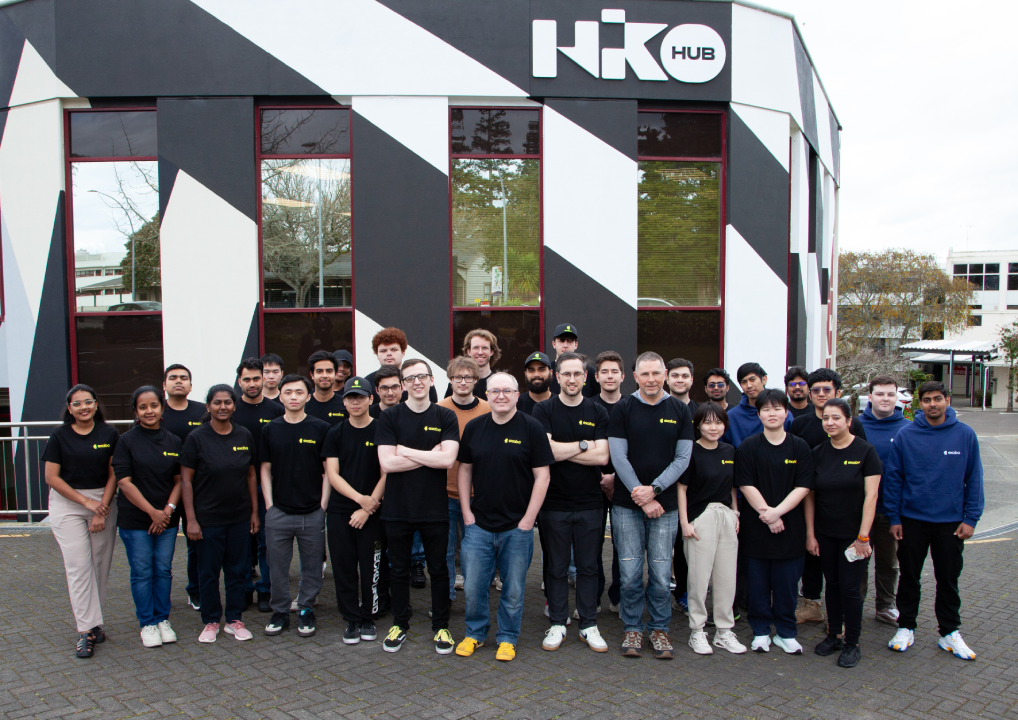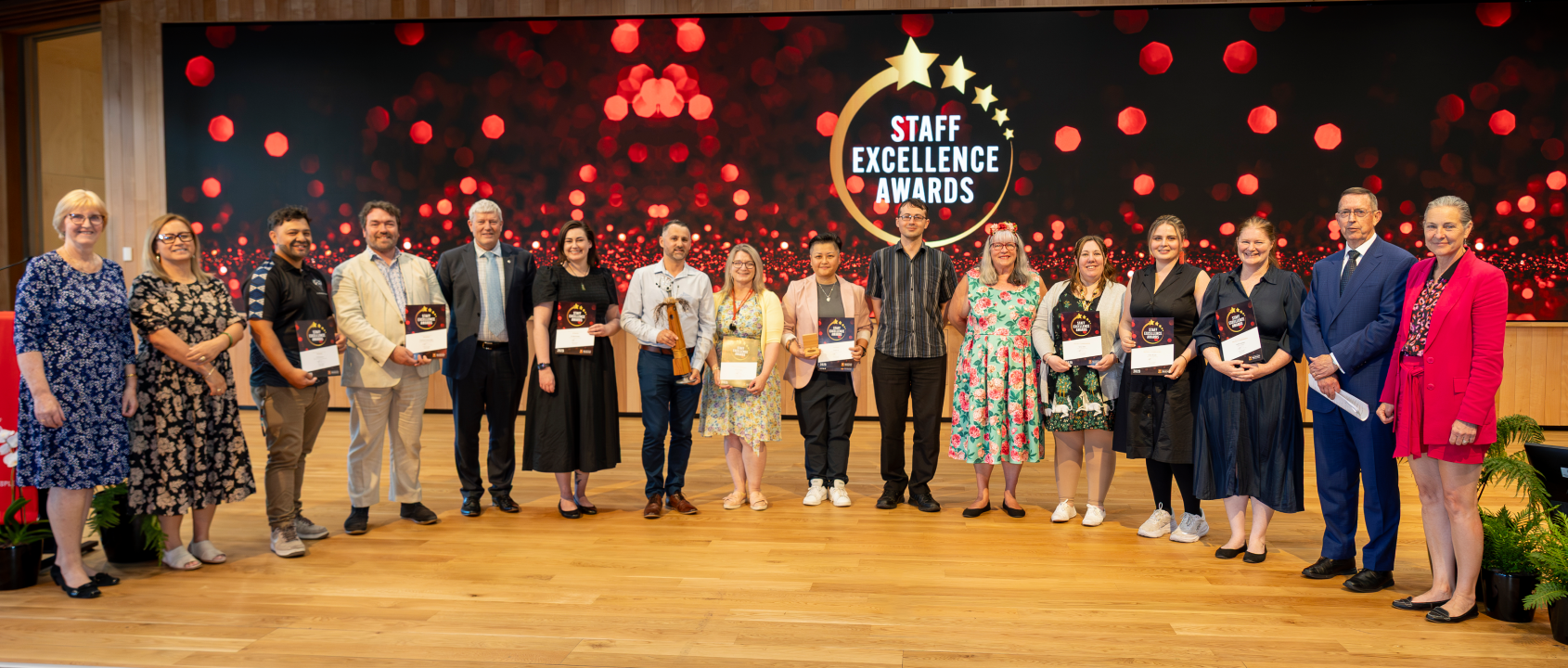A newly developed te reo Māori AI voice will ensure that future generations grow up hearing and connecting with their own dialects, an AI expert from the University of Waikato and Co-Director of the AI Institute says.
In testing and soon to be ready for use, the AI voice, created by master's student Kingsley Eng under supervision of Associate Professor Dr Te Taka Keegan, is the first that speaks in the Waikato-Maniapoto dialect. The work was supported by AINA, as is part of Waikato University's AI Institute's commitment to supporting sovereign AI solutions.
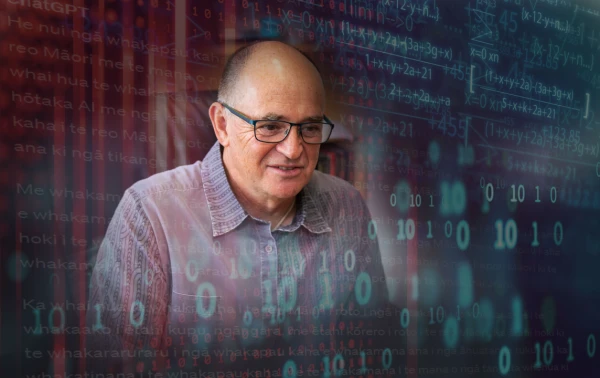
Dr Keegan wanted to make a Waikato-Maniapoto accent and says other iwi will be able to use it as a template for their dialects.
Dr Keegan (Waikato-Maniapoto, Ngāti Porou, Ngāti Whakaaue) believes the future of te reo Māori depends on rangatahi, the younger generation, and his commitment to supporting the normalisation of te reo Māori for them has driven him to take on this project.
“Ideally, we need them to grow up listening to voices and interacting with te reo Māori that they can readily identify with,” he says.
“While learning and being supported by dialects other than their own is better than no language support at all, rangatahi form a stronger and more personal connection when they can readily engage with their own dialect.”
Being from the region, Dr Keegan wanted to make a Waikato-Maniapoto accent, and says other iwi will be able to use it as a template for their dialects.
“I think my approach really is looking after my backyard first but setting an example for other people's backyards.”
He says this is important because future computing interfaces will be operated through voice rather than keyboards, which requires computers to respond with high-quality language.
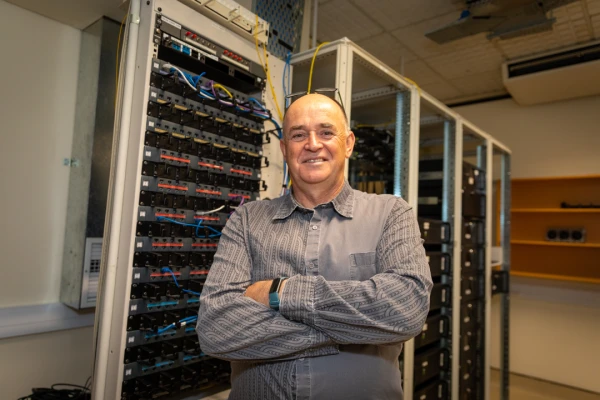
Dr Keegan feels that Māori should take responsibility for building their own technologies.
“What has been created is a generated or synthesised voice that will speak Māori language sentences with a pronunciation that has been tuned to the Māori ear.
"We worked with a well-known local authority on Māori language to record her speaking thousands of Māori sentences. The sound recordings were processed to create a language model that can generate spoken sentences from written text. The model produces speech so realistic that it's difficult to distinguish from the original speaker."
An email from Google one Saturday night offering an unsolicited award with funding enabled the development of this technology.
Initially wondering whether it was a hoax, Dr Keegan investigated further.
A reply resulted in Google offering him an unrestricted funding gift that was to be used for ‘Protocols for responsible Māori language technologies’. While the amount cannot be disclosed publicly, it was substantial.
Dr Keegan was somewhat overwhelmed, because research funding usually comes with some significant caveats.
“That's a lot of faith to put in someone who is working primarily on languages that won't affect their bottom line,” he says.
While the donation is welcomed and he is very grateful, he also feels that Māori should take responsibility for building their own technologies.
"We can't rely on a large international company to come and save our language. We've got no chance if that's the case because there are 8,000 languages in the world, and ultimately the people that most care about the language are the language speakers themselves.
“To save indigenous languages, indigenous people need to be building indigenous language technologies themselves.”
Having started last year with the help of the Google funding, the Waikato-Maniapoto voice is currently in testing, and it’s expected to be ready to go in a couple of months.
“I've had that idea in my head for a long time. But since the money came in, I was able to employ a Kingsley Eng, over the summer, and some Māori language experts, to really bring that dream to fruition. It is a credit to these people that the quality of work produced has been so high.”
It's not the first time Dr Keegan has worked with Google. Around 14 years ago he spent six months working in the Google head office, working on the Google Translator Toolkit.
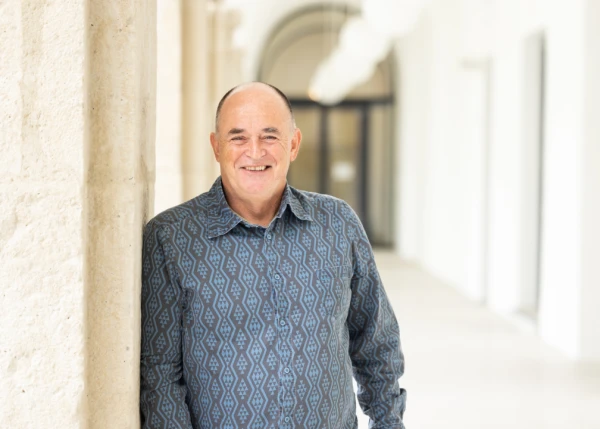
Having started last year with the help of the Google funding, the Waikato-Maniapoto voice is currently in testing, and it’s expected to be ready to go in a couple of months.
Dr Keegan says he’s spent countless hours developing the current directions forward for te reo Māori in technology.
“It’s not something I have ever questioned. It's really exciting for me. It keeps me up at night, when I should go to bed earlier.
“Plenty of questions buzz around my brain like what do we need to get to this? What steps do we need to take to make this happen? I never look back counting the hours.”
Dr Keegan, who is also Co-Director of AI Institute Māori and Associate Dean of Māori, has been acknowledged for his work with te reo in technology.
In June he was awarded the Living Icon award at the Te Hāpori Matihiko Awards in Christchurch.
A recognition of a lifetime of achievement in service to Māori and the digital technology sector, he went south to support the awards, not thinking he would be on stage.
"My daughter texted me in the morning and said, ‘Have you got your speech ready?’ I texted her back to say there's no need because I'm not going to have to get up to talk. The other nominees are exceptional, and world recognised.
“The first thing I said when I stepped up for the acceptance speech was, ‘This is awkward, I don’t have a speech prepared because I really didn't think I would win,’ so I had to make up a speech on the fly.”
Not one to seek recognition, Dr Keegan has been surprised at how much impact his work has had on so many people.
Dr Keegan believes he’s one of few academics to be acknowledged at the Hāpori Matihiko awards and the first academic to be acknowledged with the Living Icon award.
